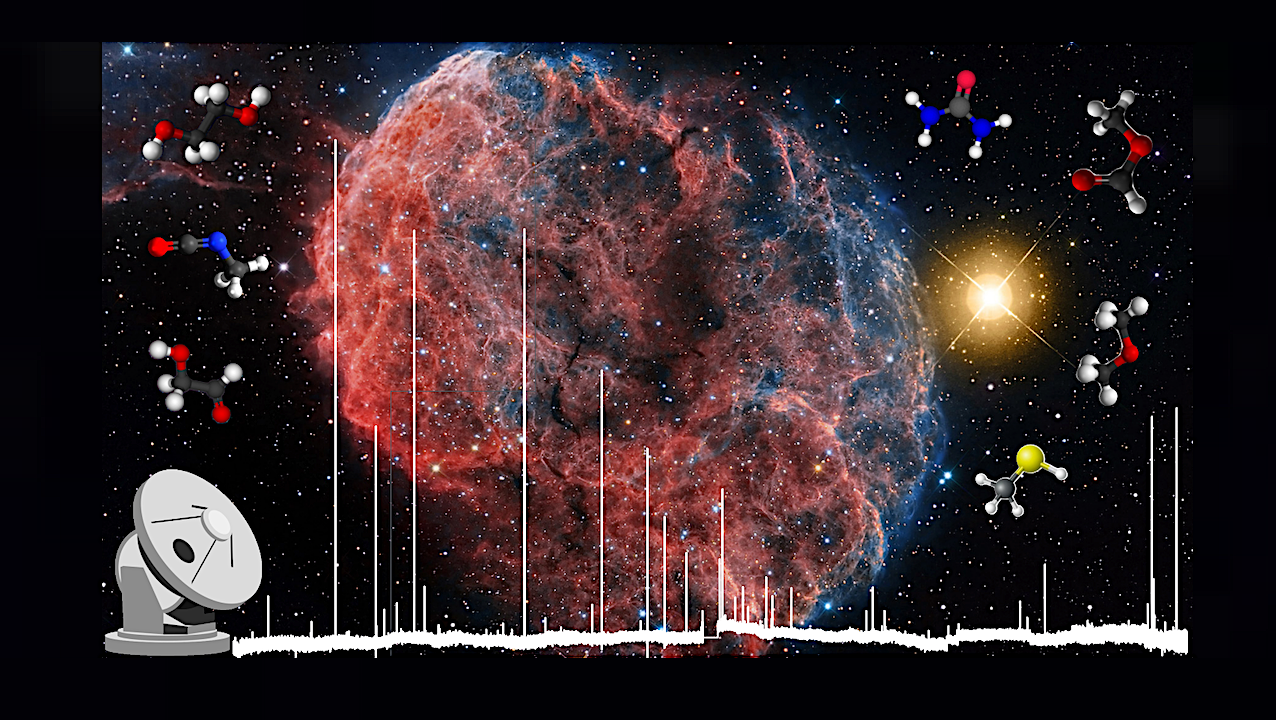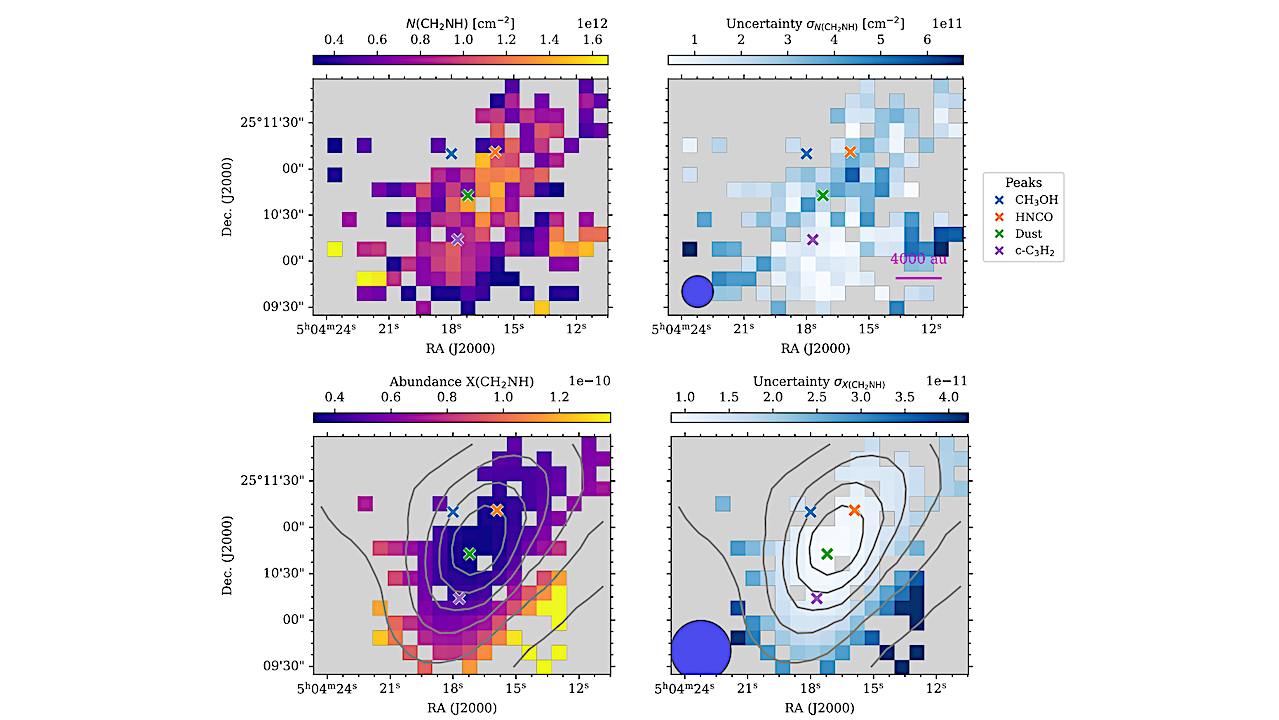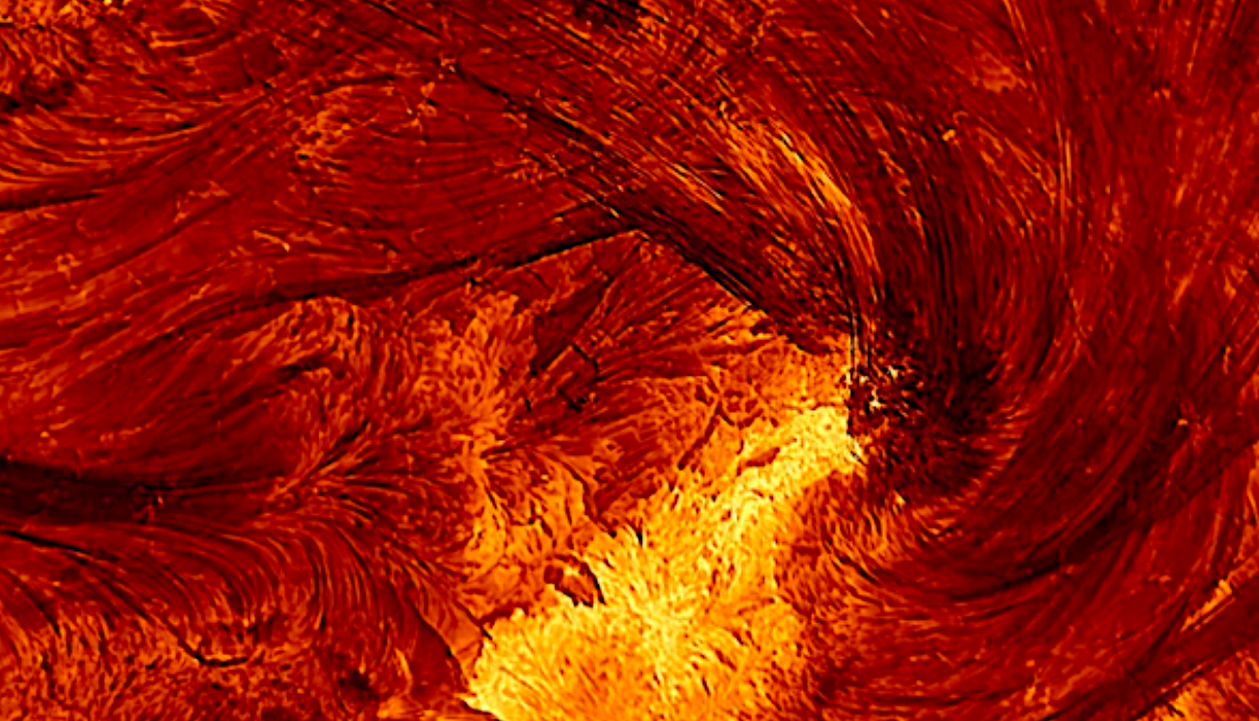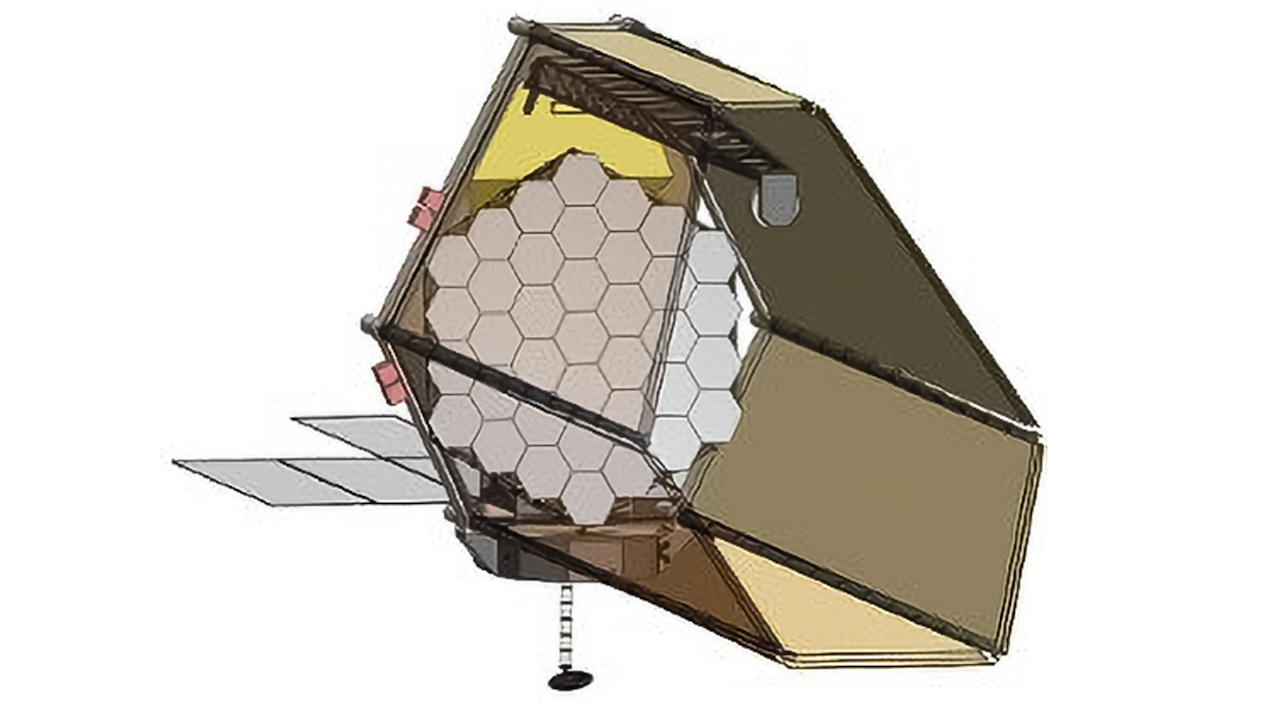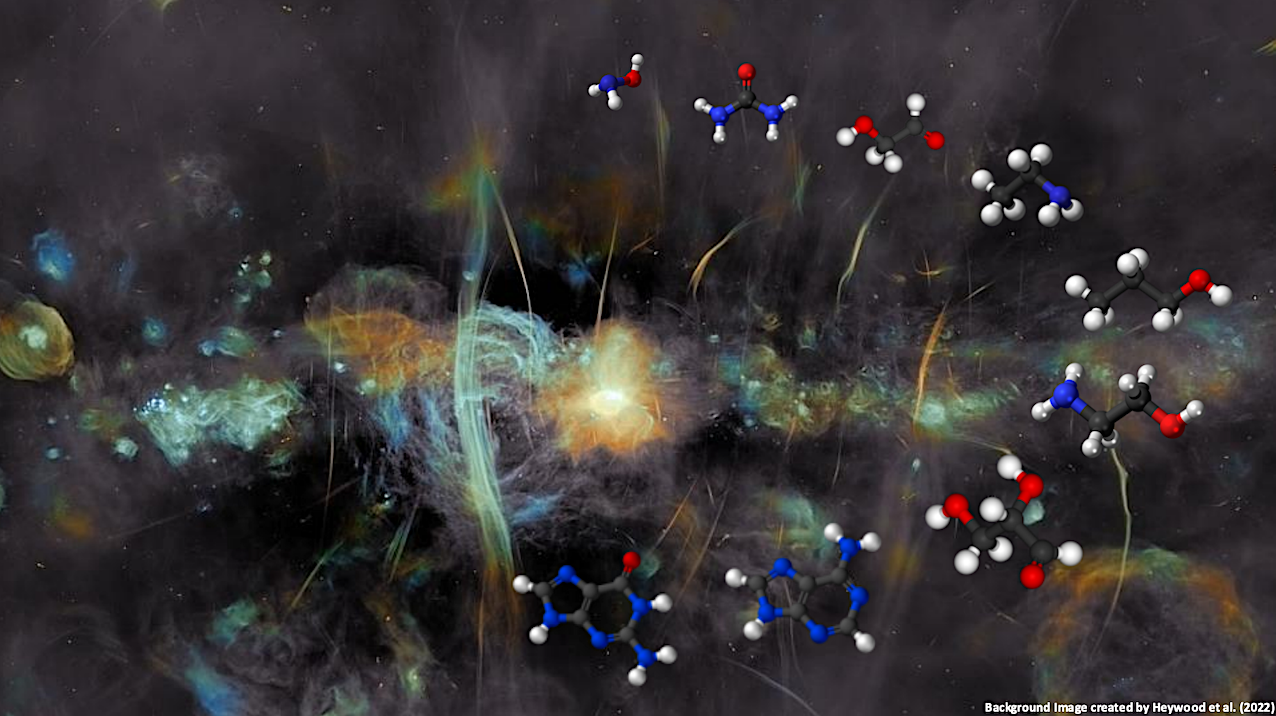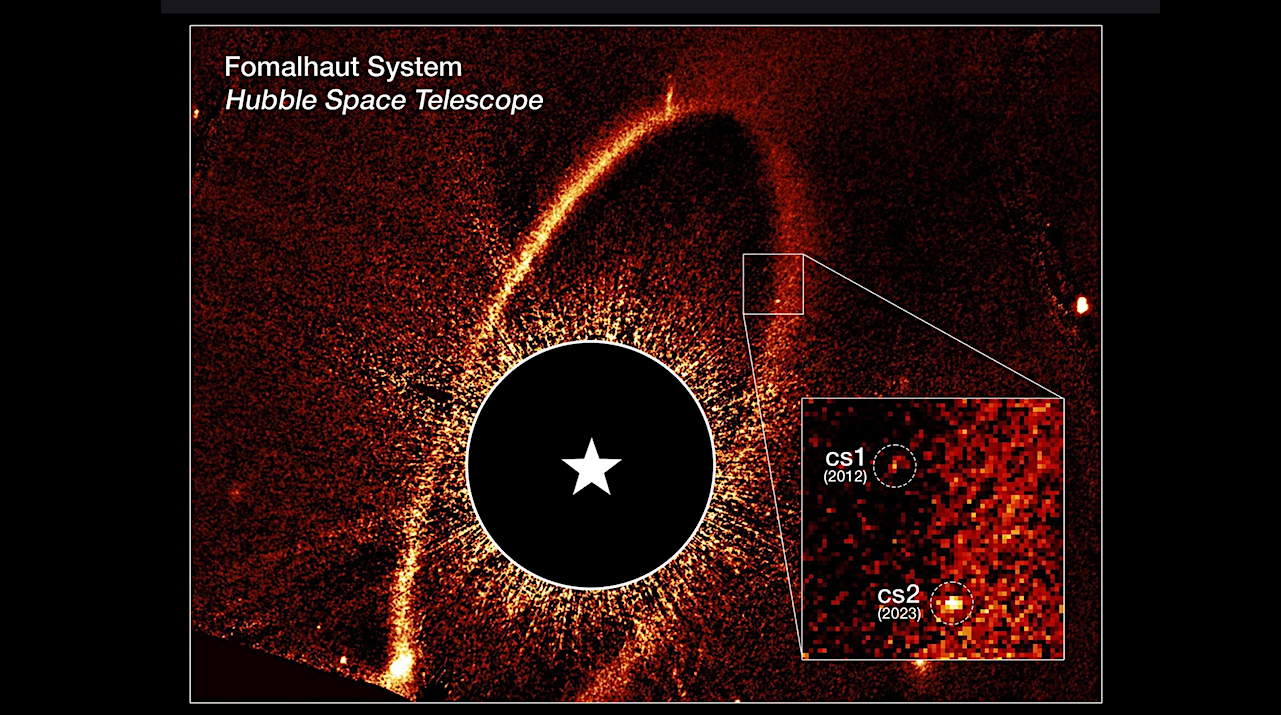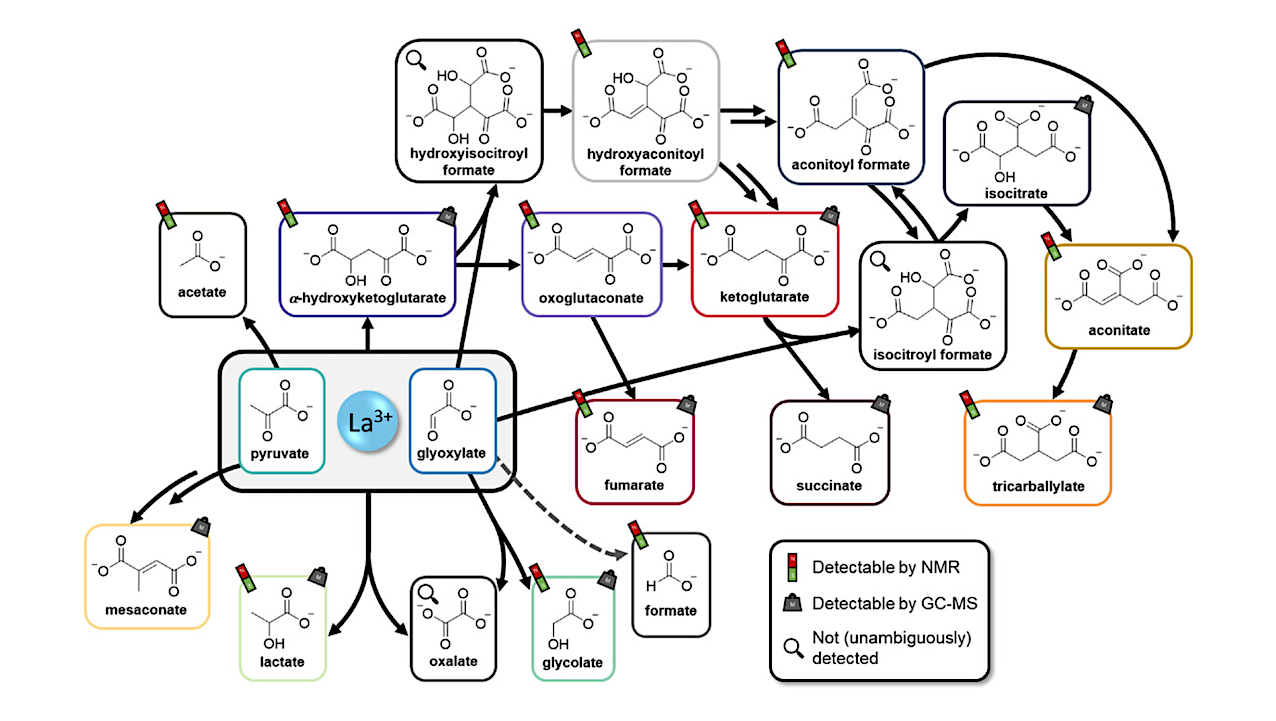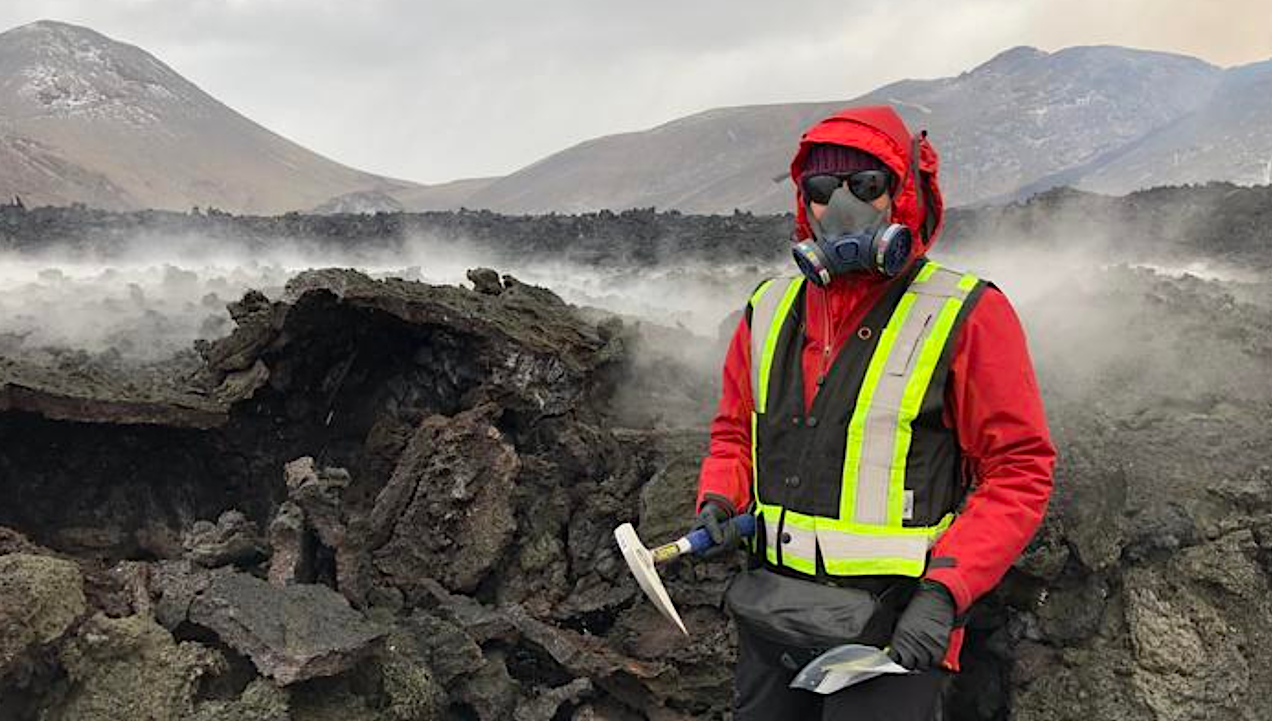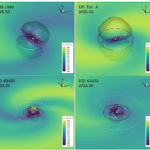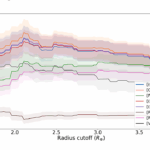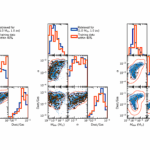4 Min Read NASA’s Wideband Technology Demo Proves Space Missions are Free to Roam An artist's concept of the Polylingual Experimental Terminal transmitting data in space. Credits: NASA/Morgan Johnson Just
Graphical Abstract – astro-ph.GA There is growing evidence that the Sun might have formed within a nebula impacted by at least one SNR. In this scenario, ejecta and shocks from
A pool of water dominated by microbialites in South Africa’s Eastern Cape (Credit: Rachel Sipler). South Africa is home to some of the oldest evidence of life on Earth, contained
Upper panels: The column density N(CH2NH) and column density uncertainty map of L1544 assuming Tex = 10 K. Lower panels: The CH2NH abundance map and abundance uncertainty map, calculated with
Inouye Solar Telescope image of a solar flare on August 8, 2024. (Image credit: NSF/NSO/AURA, CC-BY) Stellar magnetic activity, manifested through spots (faculae and flares), fundamentally shapes the exoplanets’ environments.
A possible architecture for HWO under study by the HWO Technology Maturation Project Office. This design has an 8-meter inscribed diameter filled by 37 hexagonal segments — larger than JWST.
Graphical abstract — astro-ph.IM Contrary to popular belief, the interstellar medium (ISM) is not empty; it is filled with atoms, dust particles, and molecules. Some of these molecules may have
This composite Hubble Space Telescope image shows the debris ring and dust clouds cs1 and cs2 around the star Fomalhaut. Fomalhaut itself is masked out to allow the fainter features
Reaction network arising from the La3+-mediated reaction of glyoxylate and pyruvate, including non-detected intermediates with the most probable routes represented by solid arrows requiring either one (direct arrow) or both
Wearing protective gear against toxic gases, Solange Duhamel stands next to a lava flow during an outing to collect samples of freshly deposited lava rock. Credit Christopher Hamilton Life has
-
 01From Polymerization-Enabled Folding and Assembly to Chemical Evolution: Key Processes for Emergence of Functional Polymers in the Origin of Life
01From Polymerization-Enabled Folding and Assembly to Chemical Evolution: Key Processes for Emergence of Functional Polymers in the Origin of Life -
 02Panasonic Leica Summilux DG 15mm f/1.7 ASPH review
02Panasonic Leica Summilux DG 15mm f/1.7 ASPH review -
 03Two Black Holes Observed Circling Each Other for the First Time
03Two Black Holes Observed Circling Each Other for the First Time -
 04How New NASA, India Earth Satellite NISAR Will See Earth
04How New NASA, India Earth Satellite NISAR Will See Earth -
 05And Thus Begins A New Year For Life On Earth
05And Thus Begins A New Year For Life On Earth -
 06Astronomy Activation Ambassadors: A New Era
06Astronomy Activation Ambassadors: A New Era -
07SpaceX launch surge helps set new global launch record in 2024



